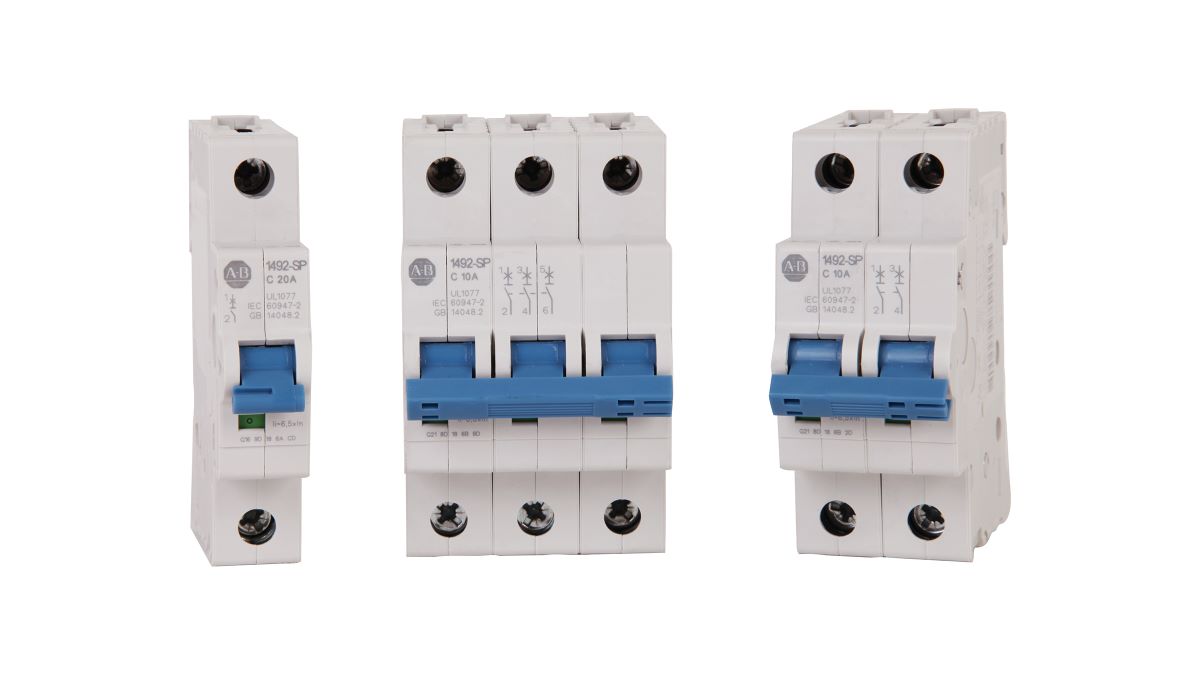

Articles
How To Size Circuit Breakers
Modified: January 7, 2024
Learn how to size circuit breakers with our informative articles. Discover important tips and guidelines for ensuring safe and efficient electrical circuits.
(Many of the links in this article redirect to a specific reviewed product. Your purchase of these products through affiliate links helps to generate commission for Storables.com, at no extra cost. Learn more)
Introduction
Welcome to our comprehensive guide on how to size circuit breakers. Circuit breakers play a crucial role in electrical systems, acting as a safety measure to protect against overcurrents and short circuits. Properly sizing circuit breakers is essential to ensure the safety and efficiency of electrical installations.
In this article, we will delve into the various factors to consider when sizing circuit breakers, including calculating load current, taking into account ambient temperature, and derating circuit breakers. By the end, you will have a clear understanding of how to select the right circuit breaker size for your specific application.
So, let’s dive in and explore the world of circuit breakers!
Key Takeaways:
- Properly sizing circuit breakers is crucial for electrical safety and efficiency. Consider load current, ambient temperature, derating, and specific application requirements to select the right breaker size.
- Calculating load current, considering ambient temperature, and applying derating factors are essential steps in selecting the right circuit breaker size. Prioritize safety and reliability in electrical installations.
Understanding Circuit Breakers
Before we delve into the process of sizing circuit breakers, it’s essential to have a solid understanding of what circuit breakers are and how they function.
A circuit breaker is an electrical device designed to protect an electrical circuit from damage caused by excessive current flow. It acts as a switch that automatically interrupts the flow of electricity when it detects an overload or short circuit in a circuit.
The primary function of a circuit breaker is to prevent damage to electrical equipment, wiring, and appliances, as well as to minimize the risk of fire caused by overheating. When an overload or short circuit occurs, the circuit breaker quickly opens the circuit by disconnecting the power supply, thereby stopping the flow of current.
Circuit breakers work based on the principle of thermal-magnetic tripping. They consist of a switch mechanism that is designed to detect two types of faults:
- Overload: This occurs when the current flowing through a circuit exceeds the rated current capacity of the circuit breaker over a sustained period. It can be caused by a high amount of electrical load or a short circuit.
- Short Circuit: This occurs when there is a low resistance path between conductors, resulting in a rapid increase in current flow. It can be caused by a fault in the electrical equipment or wiring.
When an overload or short circuit is detected, the circuit breaker trips, interrupting the flow of current. In the case of a thermal trip, the trip mechanism is activated by the heat generated from the excessive current flow. In the case of a magnetic trip, the trip mechanism is activated by the strong magnetic field generated by the short circuit current.
Circuit breakers come in different types and sizes to accommodate various applications and electrical loads. The size of a circuit breaker refers to its current carrying capacity, which is measured in amperes (A). It is crucial to select the appropriate circuit breaker size to ensure it can handle the electrical load without tripping unnecessarily or failing to trip during an overload or short circuit.
Now that we have a basic understanding of circuit breakers, let’s explore the factors to consider when sizing them in the next section.
Factors to Consider in Sizing Circuit Breakers
When it comes to sizing circuit breakers, several important factors need to be taken into consideration. These factors will help determine the appropriate size of the circuit breaker to ensure efficient and safe operation of the electrical system. Let’s take a closer look at these factors:
- Load Current: The first and most crucial factor to consider is the load current. This refers to the amount of current flowing through the circuit. To determine the load current, you need to calculate the total current drawn by all the electrical devices, appliances, and equipment connected to the circuit. This can be done by adding up the individual currents or by referring to the manufacturer’s specifications.
- Ambient Temperature: The ambient temperature of the environment in which the circuit breaker will be installed also plays a significant role in sizing. Circuit breakers have a temperature rating indicating the maximum permissible ambient temperature for proper operation. If the ambient temperature exceeds this rating, the circuit breaker may experience thermal stress and trip prematurely. It is essential to consider the actual operating temperature to ensure the circuit breaker is adequately sized.
- Derating: Derating involves reducing the current carrying capacity of a circuit breaker due to specific conditions. Common derating factors include altitude, installation location, and the presence of neighboring heat-generating equipment. It is crucial to consult the manufacturer’s specifications and derating guidelines to account for these factors and select the appropriate breaker size.
- Short Circuit Current: Another crucial factor to consider is the level of short circuit current that the circuit breaker can handle. Short circuit currents can reach extremely high levels and can cause significant damage if not properly managed. Selecting a circuit breaker with an adequate short-circuit current rating will ensure that it can adequately handle and interrupt high fault currents.
- System Voltage: The system voltage is the voltage level at which the circuit breaker will operate. It is essential to select a circuit breaker that matches the system voltage to ensure proper operation and safety.
- Specific Application Requirements: Lastly, consider any specific application requirements that may impact the sizing of the circuit breaker. This can include factors such as motor starting currents, motor contribution factors, and special equipment needs. It is important to analyze the unique characteristics of the application to ensure the circuit breaker is correctly sized.
By carefully considering these factors and performing the necessary calculations, you can determine the appropriate size of the circuit breaker for your electrical system. This will ensure optimal performance, prevent unnecessary tripping, and protect your equipment and wiring from damage.
In the next section, we will explore the process of calculating load current for proper circuit breaker sizing.
Calculating Load Current
Calculating the load current is a vital step in properly sizing circuit breakers. The load current refers to the amount of electrical current that flows through a circuit when all the connected devices and equipment are in operation.
To calculate the load current, follow these steps:
- Identify the electrical devices: Make a list of all the electrical devices and equipment that will be connected to the circuit. This can include lights, appliances, motors, and any other electrical loads.
- Determine the current rating: Refer to the manufacturer’s specifications or nameplate rating of each device to find the current rating. The current rating is typically indicated in amperes (A) and represents the maximum current that the device is designed to draw under normal operating conditions.
- Add up the currents: Add up the current ratings of all the devices to calculate the total load current. This will give you an estimate of the maximum current that will flow through the circuit when all the devices are operating simultaneously.
Here is a simple example to illustrate the calculation:
Suppose you have a circuit that will power a refrigerator (4A), a microwave (10A), and a lighting fixture (2A). The total load current would be 4A + 10A + 2A = 16A.
It is important to note that the load current may vary depending on the specific operating conditions and usage patterns. For example, if certain devices are not used simultaneously or have intermittent power requirements, you may need to consider the maximum potential load current rather than the continuous load current.
By accurately calculating the load current, you will have a better understanding of the electrical demand on the circuit. This information will help you select the appropriate circuit breaker size, ensuring that it can safely handle the expected load without tripping or causing damage to the electrical system.
In the next section, we will discuss how to take into account the ambient temperature when sizing circuit breakers.
When sizing circuit breakers, make sure to calculate the maximum current the circuit will carry and select a breaker with a current rating equal to or greater than this value. Always consult the manufacturer’s guidelines for specific requirements.
Taking into Account Ambient Temperature
When sizing circuit breakers, it is essential to consider the ambient temperature of the environment in which they will be installed. The ambient temperature refers to the temperature of the surrounding air where the circuit breaker operates.
Circuit breakers have a temperature rating that indicates the maximum permissible ambient temperature for proper operation. Operating a circuit breaker in an environment with a higher temperature than its rating can lead to premature tripping and potential damage. Therefore, it is crucial to ensure that the ambient temperature remains within the specified limits.
Here are the steps to take into account the ambient temperature when sizing circuit breakers:
- Determine the ambient temperature: Measure or determine the expected ambient temperature in the location where the circuit breaker will be installed. This can vary depending on factors such as the room temperature, heat generating equipment, or the outdoor climate.
- Check the circuit breaker’s temperature rating: Consult the manufacturer’s specifications or the markings on the circuit breaker to identify its temperature rating. This rating is usually stated in degrees Celsius (°C).
- Consider the derating factor: Most circuit breakers have a derating factor that reduces their current carrying capacity at higher ambient temperatures. The derating curve, provided by the manufacturer, indicates the reduction in current capacity as the ambient temperature increases. It is essential to apply this derating factor to the circuit breaker’s nominal current rating to determine its actual current carrying capacity.
- Select an appropriately sized circuit breaker: Based on the adjusted current carrying capacity after applying the derating factor, select a circuit breaker with a nominal current rating that exceeds the calculated load current. It is recommended to choose a circuit breaker with a slightly higher current rating to allow for future growth and avoid operating close to the maximum limit of the breaker.
By taking into account the ambient temperature and applying the appropriate derating factor, you can ensure that the circuit breaker is sized correctly for the specific environmental conditions. This will help prevent unnecessary tripping and ensure safe and reliable operation of the electrical system.
In the next section, we will explore the concept of derating circuit breakers in more detail.
Read more: How To Test Breakers
Derating Circuit Breakers
Derating circuit breakers is a necessary step in sizing them correctly to ensure safe and reliable operation. Derating involves reducing the current carrying capacity of a circuit breaker under specific conditions that can affect its performance.
There are several factors that may require derating circuit breakers:
- Ambient Temperature: High ambient temperatures can cause the circuit breaker to heat up more, increasing the risk of tripping prematurely. To compensate for this, derating factors are provided by the manufacturer that reduce the current carrying capacity as the ambient temperature rises. It is important to refer to the manufacturer’s specifications and apply the appropriate derating factor based on the ambient temperature.
- Location and Installation: The installation location can also impact the thermal performance of the circuit breaker. For example, if it is installed in a confined or poorly ventilated space, the heat dissipation may be limited, requiring derating. Additionally, if the circuit breaker is installed near heat-generating equipment, the proximity to these sources of heat can affect its performance and necessitate derating.
- Altitude: The altitude at which the circuit breaker is installed affects the air density and heat dissipation. At higher altitudes, the air density decreases, which can reduce the effectiveness of cooling. As a result, circuit breakers may require derating to account for the reduced heat dissipation ability at high altitudes.
- Grouping and Enclosure: When multiple circuit breakers are installed in close proximity or within the same enclosure, derating may be necessary due to the cumulative heat generated. The heat generated by neighboring breakers can elevate the temperature and affect the performance of the circuit breakers, requiring a reduction in their current carrying capacity.
- Specialized Applications: Some specialized applications, such as motor starting circuits, may require derating due to the high inrush currents during motor startup. The excessive current draw during motor startup can stress the circuit breaker, requiring a larger-sized breaker to handle the initial surge of current.
It is crucial to consult the manufacturer’s specifications and derating guidelines when sizing circuit breakers. The derating factors provided by the manufacturer should be applied to the circuit breaker’s nominal current rating to determine its adjusted current carrying capacity under specific conditions.
By appropriately derating circuit breakers, you can ensure that they are able to handle the expected load and environmental conditions without the risk of premature tripping or damage to the electrical system. This will contribute to the safety and reliability of the overall electrical installation.
Next, we will discuss the process of selecting the right circuit breaker size based on the calculated load current and derating considerations.
Selecting the Right Circuit Breaker Size
After calculating the load current, taking into account the ambient temperature, and considering any necessary derating factors, you are ready to select the right circuit breaker size. Choosing the appropriate circuit breaker size is crucial to ensure the safety and efficiency of your electrical system.
Here is the process to follow when selecting the right circuit breaker size:
- Refer to the calculated load current: Begin by referring to the load current that you calculated earlier. This is the estimated maximum current that will flow through the circuit when all the connected devices are operating simultaneously.
- Apply the applicable derating factor: If you have determined that derating is necessary based on factors such as ambient temperature, altitude, or installation conditions, apply the appropriate derating factor to adjust the circuit breaker’s nominal current rating.
- Select a circuit breaker with a higher current rating: It is generally recommended to choose a circuit breaker with a nominal current rating that exceeds the adjusted load current. Selecting a breaker with a slightly higher current rating provides a safety margin and allows for future expansions or additional loads. This helps prevent the breaker from operating near its maximum limit and reduces the risk of premature tripping.
- Consider other factors: In addition to the load current, derating, and safety margin, consider other factors such as the system voltage, short circuit current rating, and any specific application requirements. Ensure that the selected circuit breaker is suitable for the system voltage and has an adequate short circuit current rating to withstand high fault currents when necessary. If there are any specific application requirements, such as motor starting currents, take those into account as well to ensure proper functionality.
It is important to consult the manufacturer’s specifications, installation guidelines, and applicable electrical codes when selecting circuit breakers. Manufacturers provide detailed information on the current carrying capacity, derating curves, voltage ratings, and other specifications for their circuit breakers, helping you make an informed decision.
By selecting the right circuit breaker size, you can ensure that it is capable of handling the load current without tripping unnecessarily or failing to trip during overload or short circuit conditions. This promotes the safety and efficiency of your electrical system.
Now that you understand the process of selecting the right circuit breaker size, we can conclude our comprehensive guide on how to size circuit breakers.
Conclusion
Sizing circuit breakers correctly is an essential aspect of any electrical installation. By properly selecting the right circuit breaker size, you ensure the safety, efficiency, and reliability of your electrical system. Throughout this comprehensive guide, we have explored the key factors to consider when sizing circuit breakers.
We started by understanding the fundamentals of circuit breakers and their role in protecting electrical circuits from overcurrents and short circuits. We then discussed the factors to consider when sizing circuit breakers, such as load current, ambient temperature, derating, short circuit current, system voltage, and specific application requirements.
Calculating the load current is a crucial step that involves determining the total current drawn by all the connected devices and equipment. Taking into account the ambient temperature ensures that the circuit breaker can operate within its specified limits. Derating circuit breakers is necessary under specific conditions to ensure their performance is not compromised. Finally, selecting the right circuit breaker size involves considering the load current, applying derating factors, and choosing a breaker with a higher current rating and suitable voltage and short circuit current ratings.
By following these guidelines and referring to the manufacturer’s specifications and installation guidelines, you can confidently size circuit breakers for your electrical system. It is important to note that consulting with a licensed electrician or electrical engineer is recommended for complex installations or unique applications.
Remember, the safety of your electrical system should always be prioritized. By properly sizing circuit breakers, you can protect your equipment, wiring, and prevent potential hazards such as electrical fires. Conduct regular inspections and ensure that circuit breakers are properly maintained and functioning as intended to maintain a safe and reliable electrical system.
We hope that this guide has provided you with valuable insights and knowledge on how to size circuit breakers. With this information, you can confidently make informed decisions when it comes to implementing electrical installations.
Thank you for reading, and best of luck with your circuit breaker sizing endeavors!
Frequently Asked Questions about How To Size Circuit Breakers
Was this page helpful?
At Storables.com, we guarantee accurate and reliable information. Our content, validated by Expert Board Contributors, is crafted following stringent Editorial Policies. We're committed to providing you with well-researched, expert-backed insights for all your informational needs.
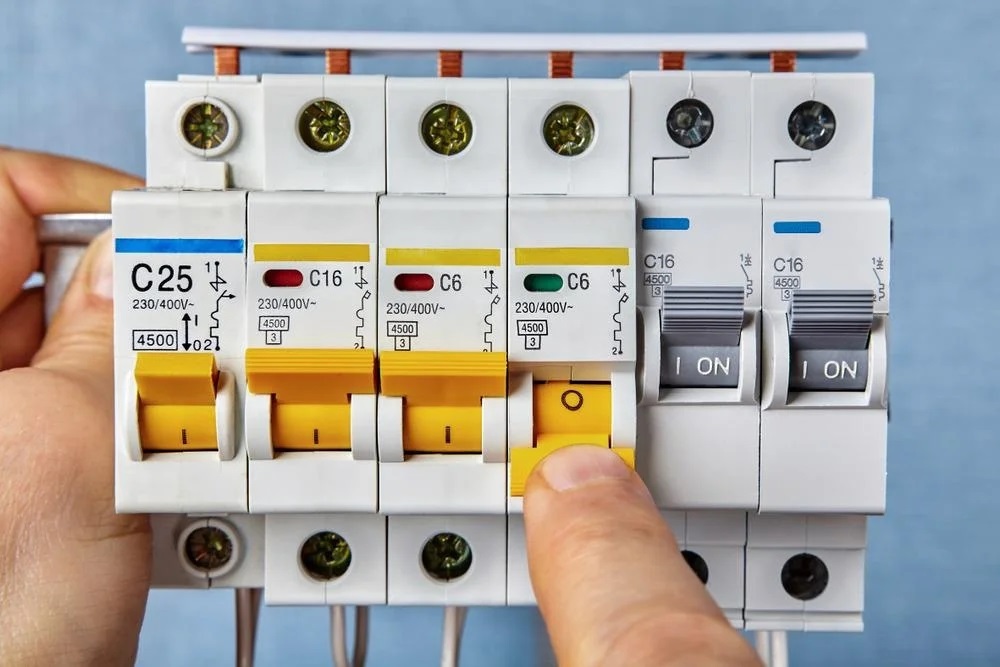

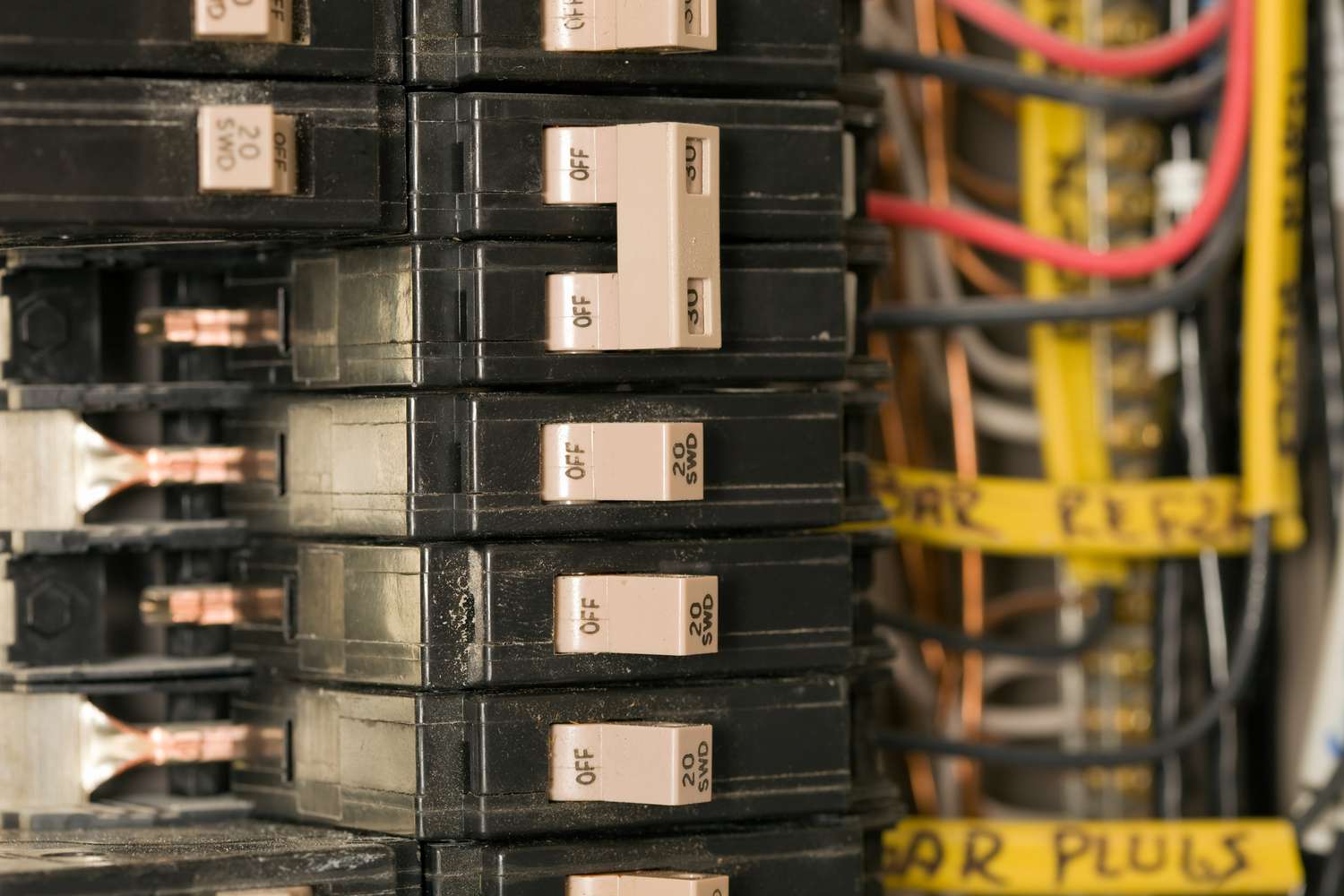
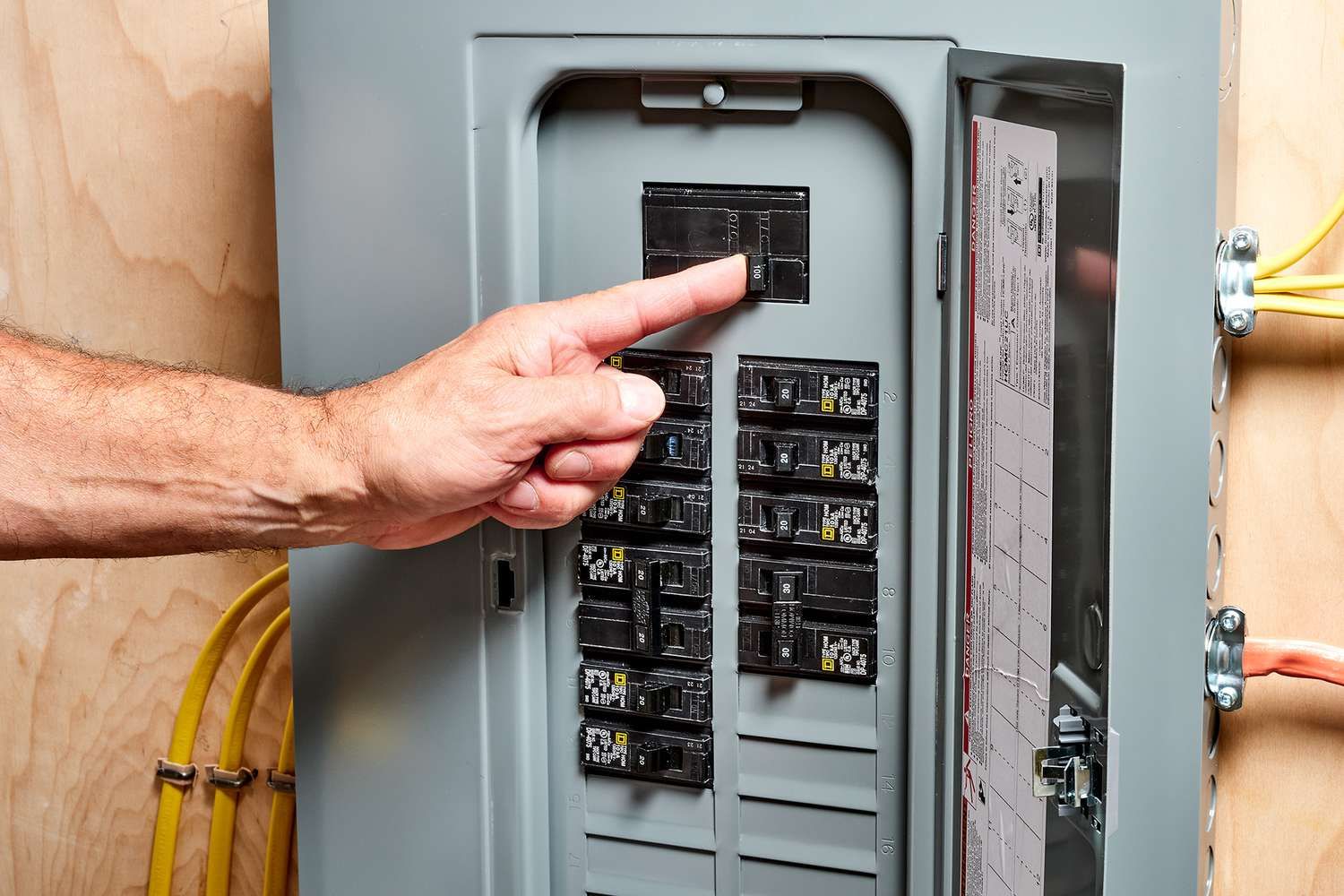
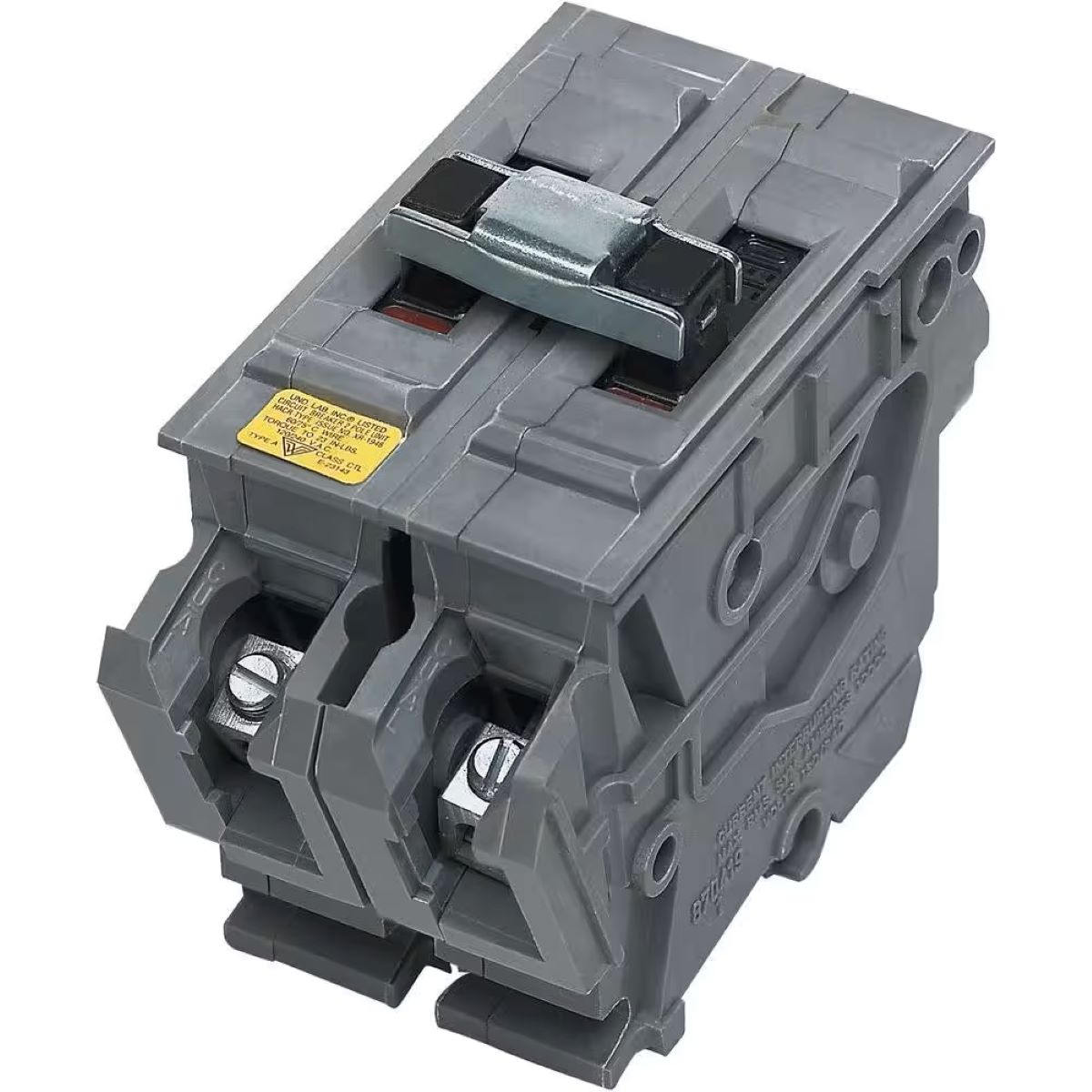
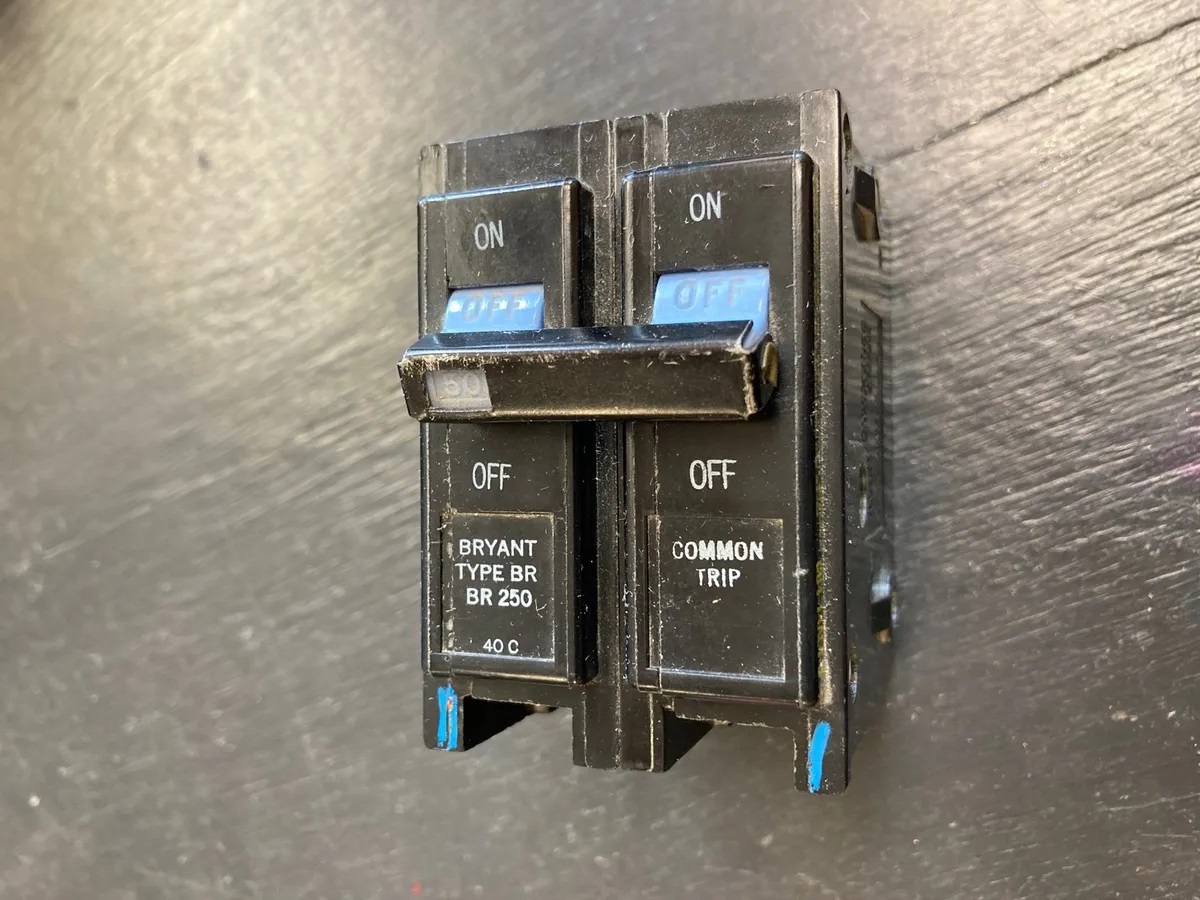
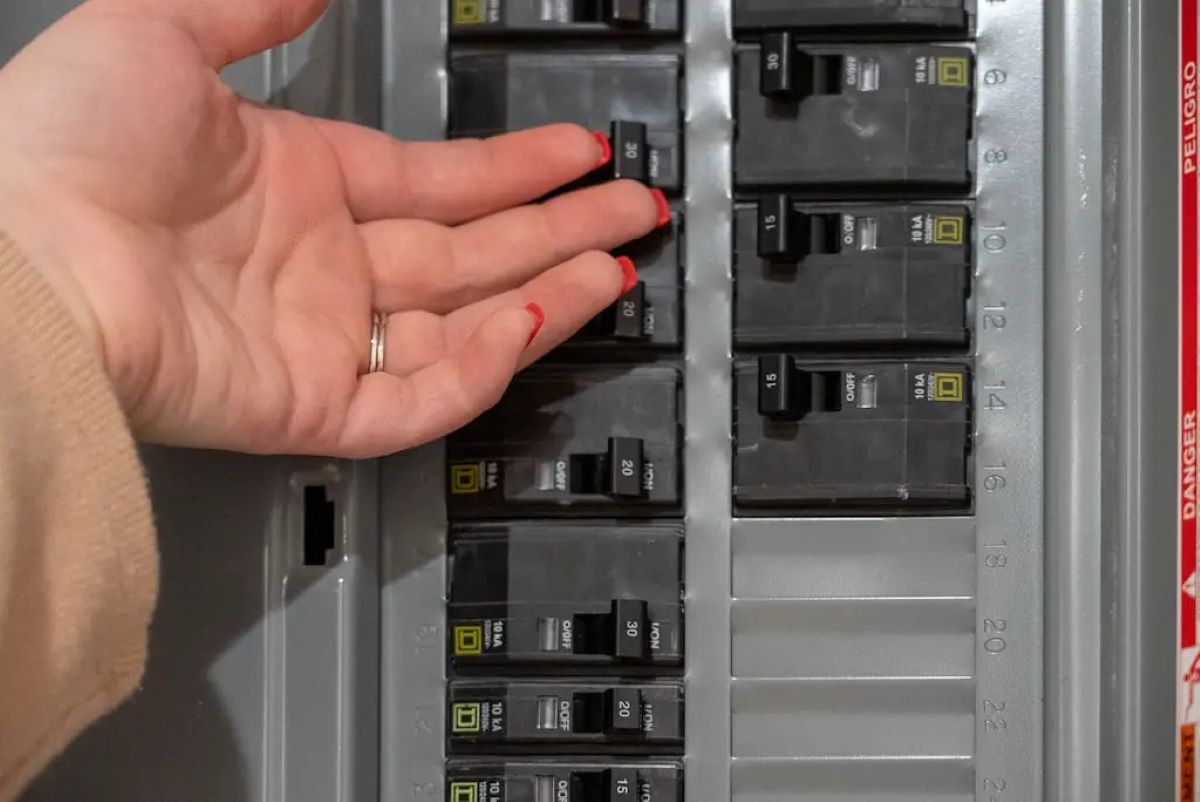
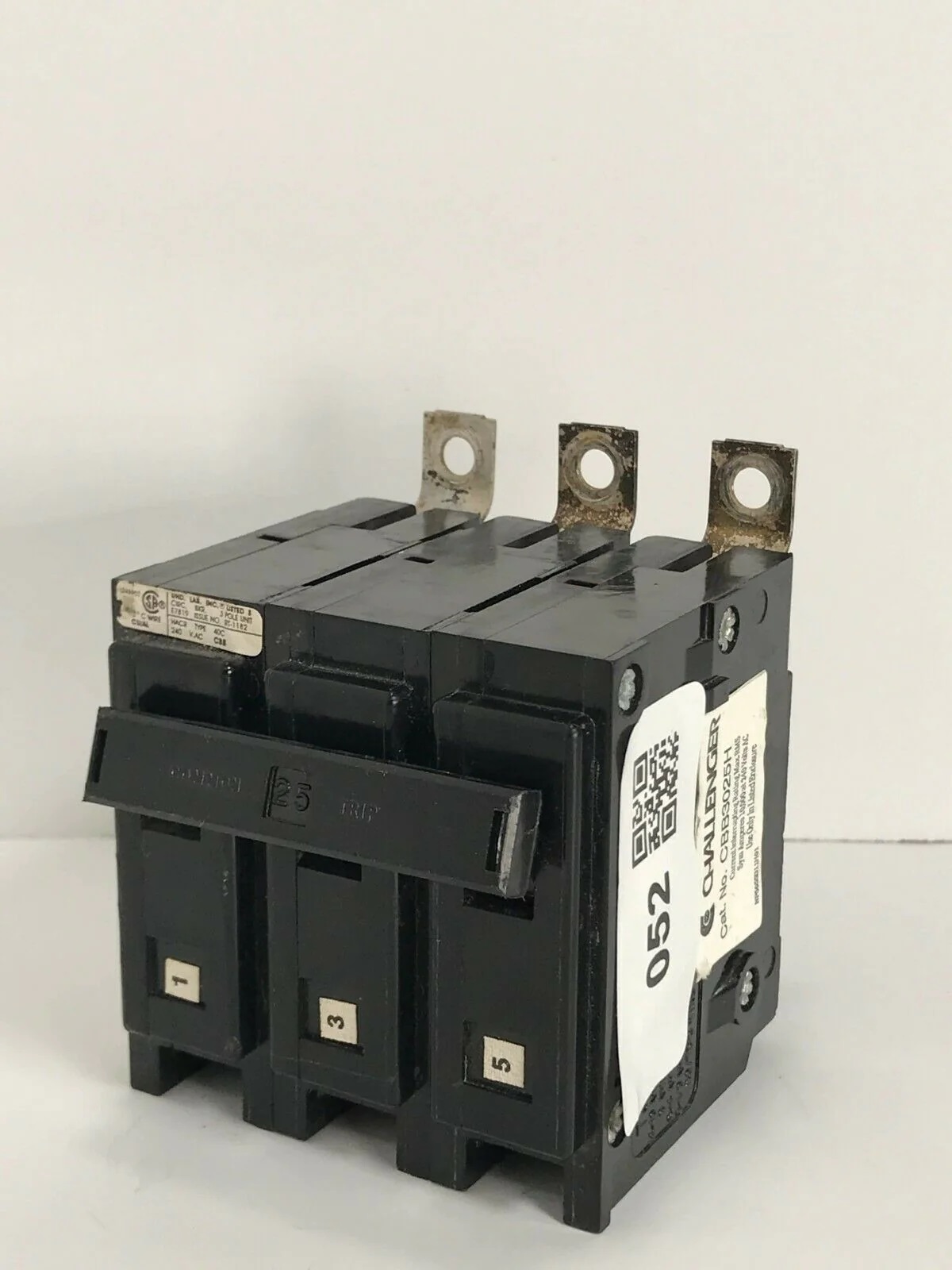
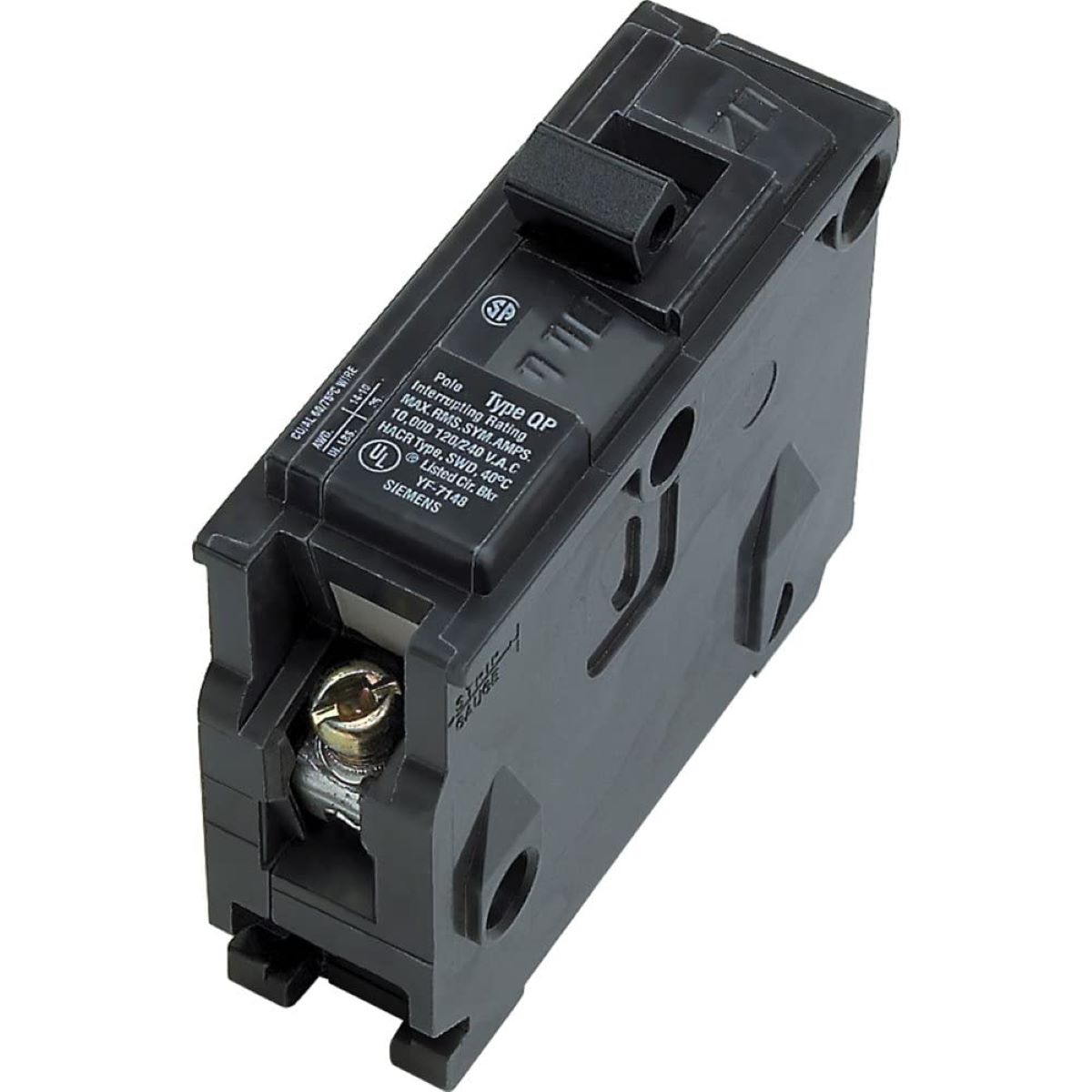
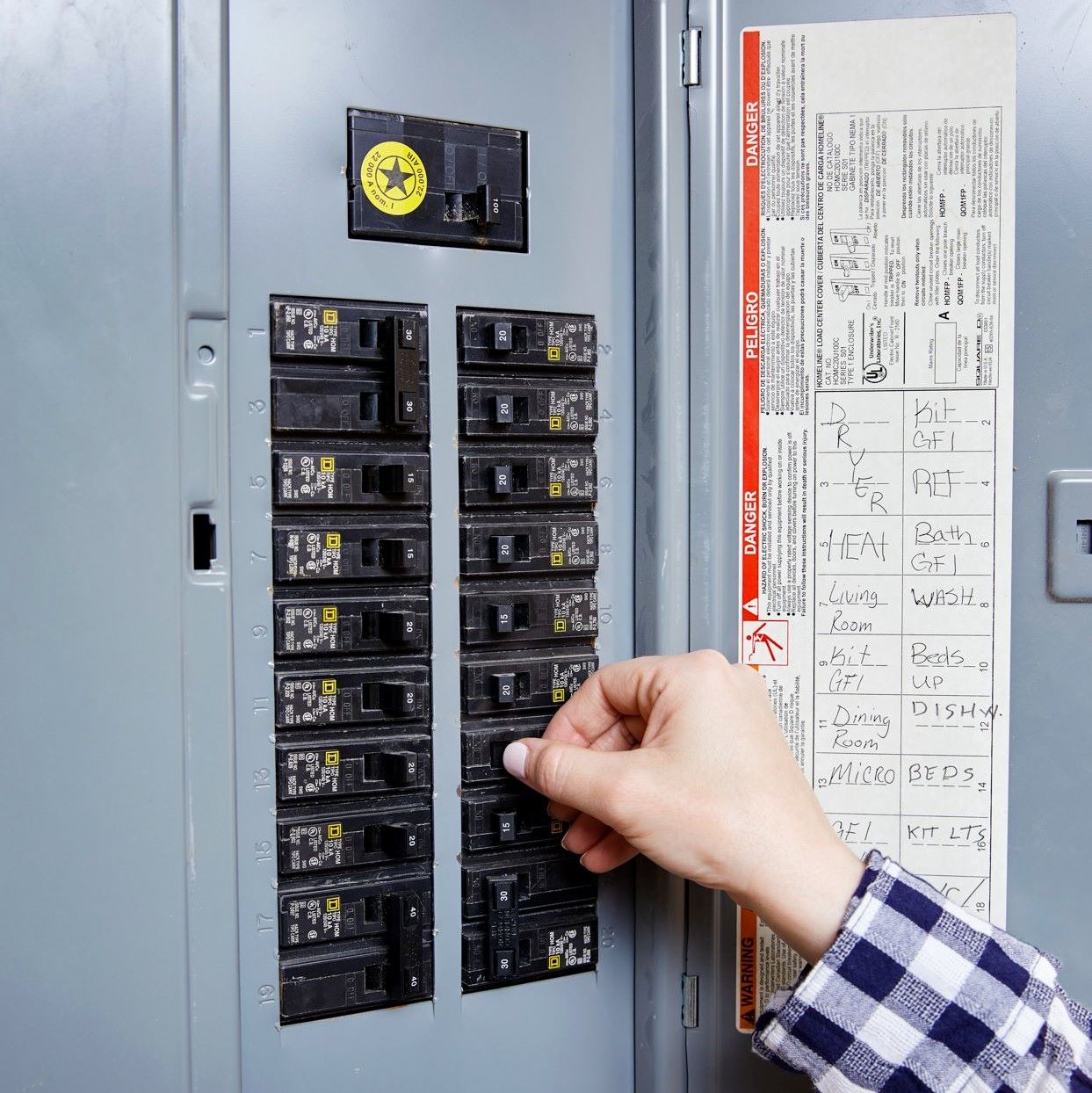
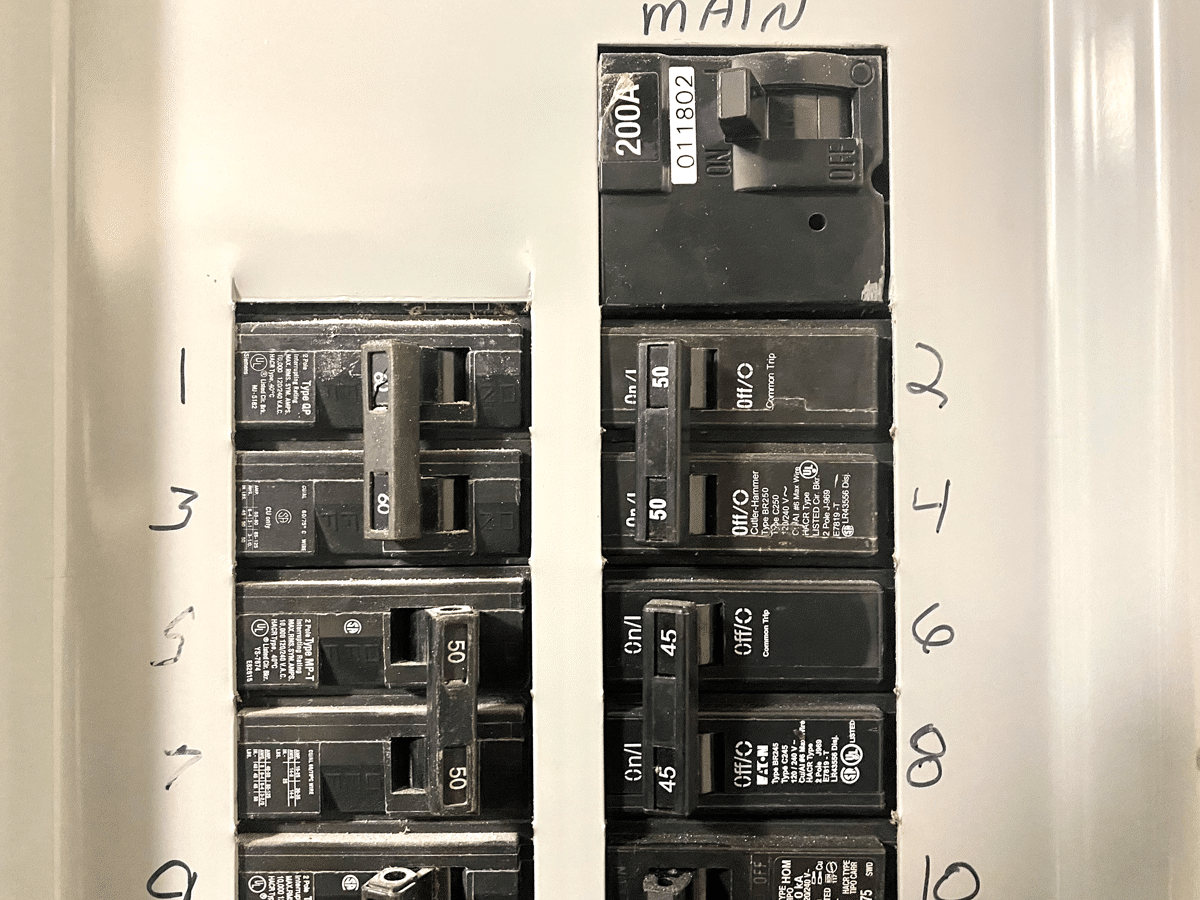
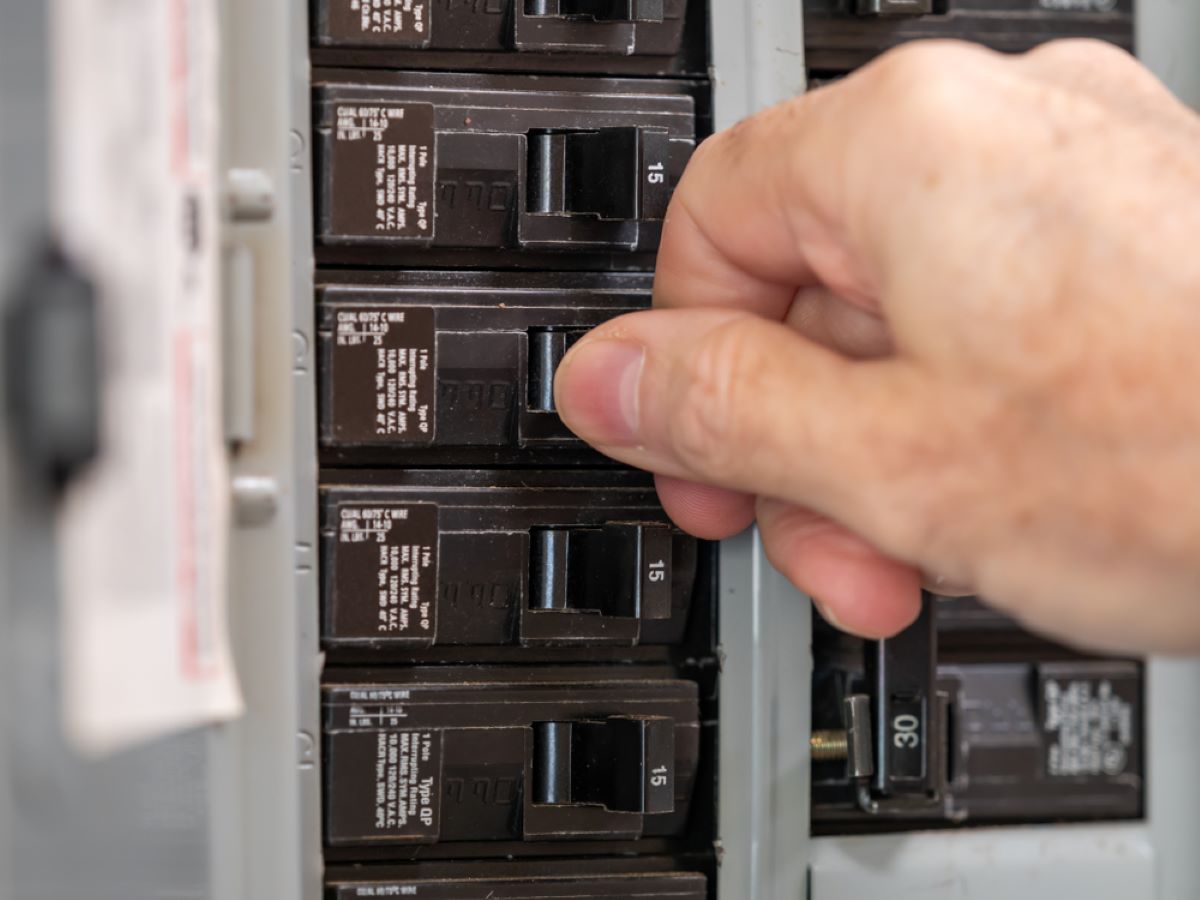
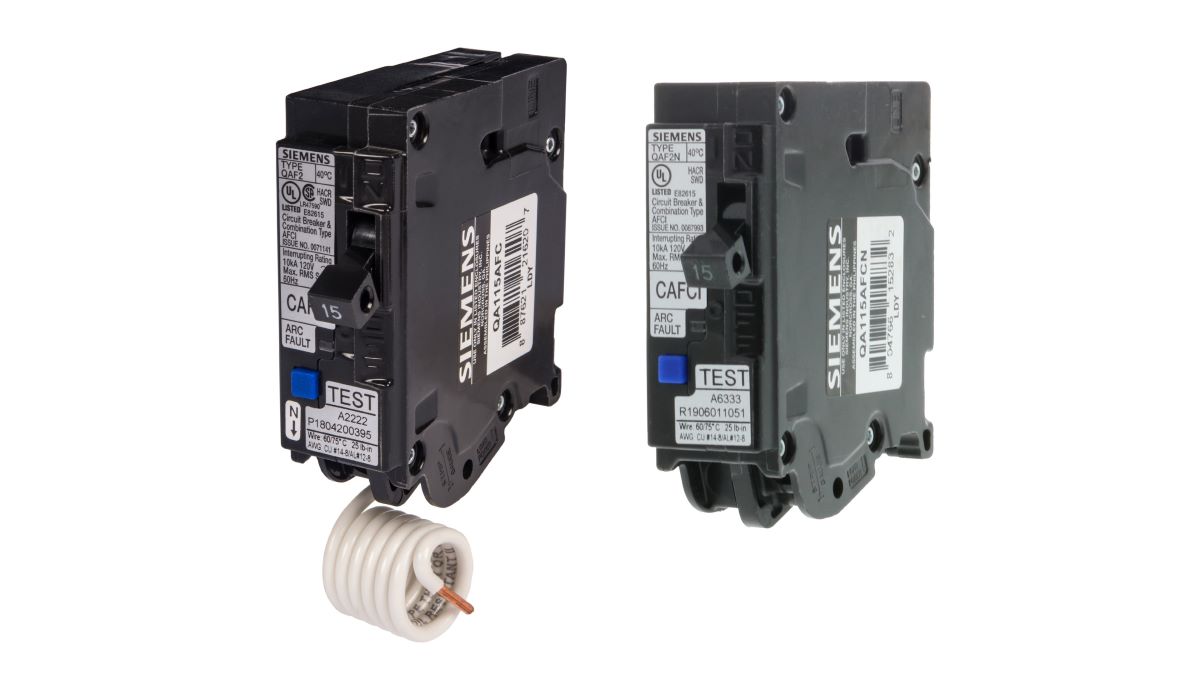
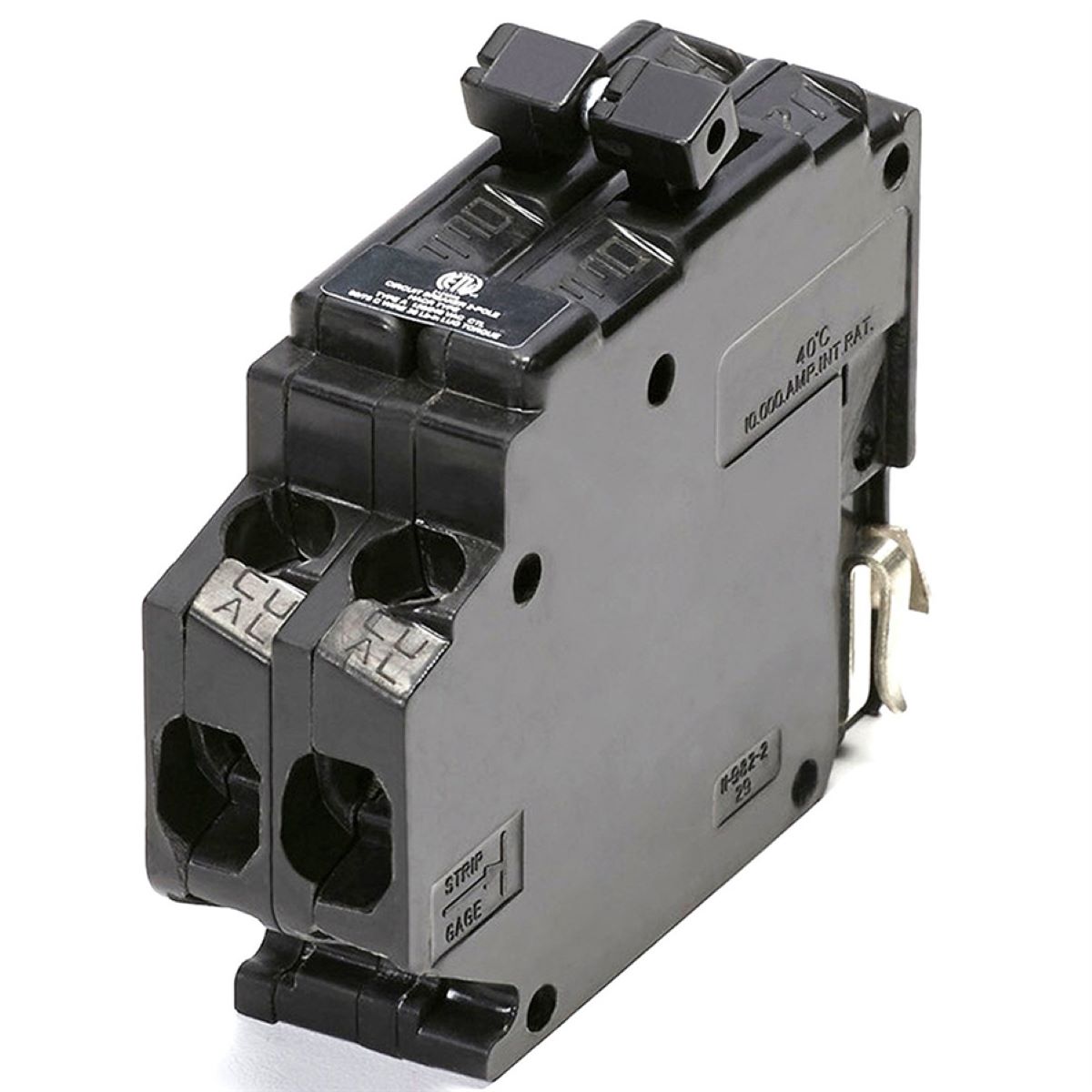

0 thoughts on “How To Size Circuit Breakers”